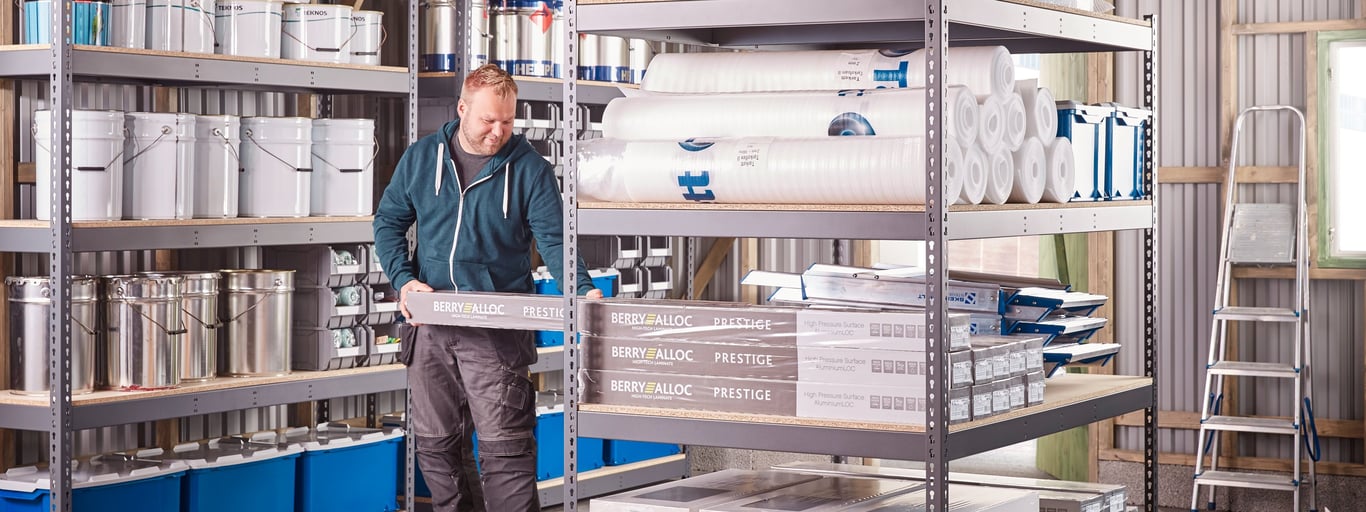How to Achieve Efficient Warehouse Operations

In a warehouse, several processes take place at the same time. For example, ferrying goods from the rack shelving systems, quality analysis of the products, inventory management, etc. are all interlinked processes. If anything goes wrong while managing one of these, the entire chain is affected. This calls for a need to handle all such activities on a simultaneous basis. If you are a business that deals with warehousing activities, then you should ensure that such management is effectively carried out by your supervisors and workers. Improved order cycles, cost management, increased worker productivity and customer satisfaction are some of the benefits of good warehouse management practices (Pontius, 2017 ¹). The following sections outline some ways to achieve efficient warehouse management.
Getting Real-Time Data
It is very important for your business to know the processes that take place before, during and after a shipment of products is underway. With ill-management, you won’t have a solid organisational structure in the warehouse. You can make use of RFID scanners, Internet services and other technologies to get this data. For example, while keeping incoming goods on store shelving systems, you must make sure that all the goods are recorded on an inventory. This can also be done using warehouse management software (WMS). The data can then be analysed later and insights can be drawn out of this analysis to further improve efficiency.
Meeting Customer Expectations
Keeping up with customer expectations is very important in today’s fast paced world. If you are operating a warehouse that stores and ships goods that are needed regularly by customers, then you should keep this in mind and implement steps to achieve it. This is where warehouse management can impact customer expectations. If all processes that take place in warehouses are properly managed, ranging from organised picking from warehouse shelving to the delivery of products to customers, then consumer satisfaction can be properly maintained. Without such management, customers may lose interest in the business and look elsewhere for the goods.
Method Integration
As you might be aware, the early days of warehouse management consisted mainly of manual processes. However, manual management is not at all cost effective and also does not increase productivity (Osch, 2013 ²). As technology progressed, many methods became automatic, which proved to be highly beneficial. If you are struggling to manage warehousing activities, then you should consider whether your processes can be improved through the use of technology. You can choose an entire enterprise resource planning system (ERP) or even a warehouse management system (WMS) for automating your warehouse operations.
From an overall perspective, gathering data from active processes, integrating a specific warehouse management method and meeting customer expectations are some of the ways through which efficient warehouse management can be achieved.
- Pontius, N. (2017) "Top Warehouse Management Blogs: 50 Must-Read Blogs on Warehouse Efficiency, Optimizing Warehouse Operations and More" Camcode [online] available from: https://www.camcode.com/asset-tags/top-warehouse-management-blogs/ [accessed: July 2017]
- Osch, G. (2013) "Better Product Flow Increases with Warehouse Management" To Increase [online] available from: http://www.to-increase.com/better-product-flow-begins-with-warehouse-management/ [accessed July 2017]



